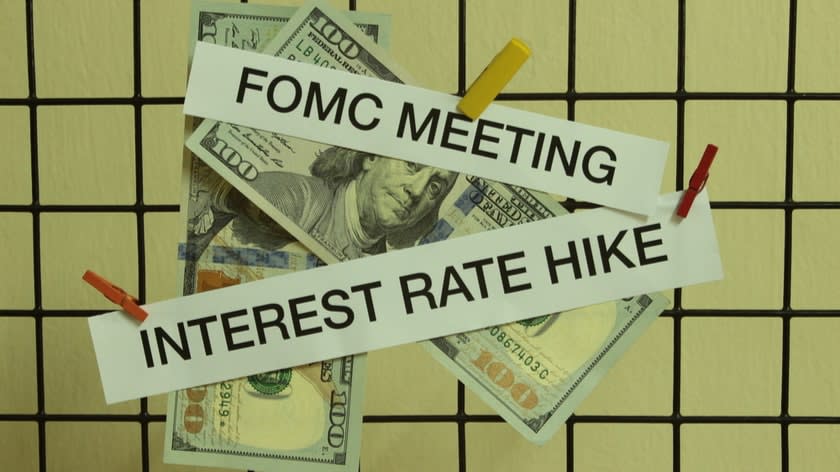Fed raises rates but refuses to guide on next move

Fed View: Powell keeps markets guessing…
The FOMC raised rates by 25bp, as widely expected, taking the target range for the fed funds rate to a new 22-year high of 5.25-5.50%. The only notable change to the accompanying statement was a small upgrade to the assessment of the economy, which is now judged to be growing ‘moderately’ rather than ‘modestly’, reflecting the recent resilience in US economic data. In the press conference, reporters struggled to tease out clues from Chair Powell over future policy moves. Specifically, Powell was asked if the pause in June means the Fed is now moving to a ‘every other meeting’ hiking pace, but Powell responded by saying that a ‘more gradual pace’ of hikes could, for instance, mean raising rates every 2/3 meetings. He seemed to suggest the chance of a hike at the September meeting was evenly balanced at this stage, describing both a hold or a hike merely as ‘possible’ outcomes, while noting that we will receive two CPI reports and two labour market reports before the next FOMC meeting on 19-20 September. Summing up this refusal to provide any guidance, Powell stated plainly that it is ‘not an environment where the FOMC should provide lots of forward guidance’, given the high degree of uncertainty. For instance, while acknowledging that the June CPI report was ‘better than expectations, for a change’, this was only ‘one reading’, and that we will need further data to confirm inflation is continuing to move in the right direction (indeed, last October and November saw similarly benign CPI reports, only for inflation to reaccelerate in subsequent months).
…while reiterating that fighting inflation is the priority – Powell was also questioned on the Fed’s commitment to bringing inflation all the way back to 2%, even if the final leg of disinflation would require a significant rise in the unemployment rate (a topic we tackle in our latest Global Monthly). Powell reiterated his hope and expectation that inflation would come back to target without ‘big’ job losses, and when asked by reporters, he confirmed that the Fed staff no longer forecast a recession but instead a slowdown later this year. Still, he said that we should be ‘honest’ that history suggests there will be some rise in unemployment when a central bank raises interest rates in response to above-target inflation. But this would not sway the Committee from achieving its 2% goal, because – as Powell has repeatedly said at recent press conferences – the ‘best thing’ the FOMC can do is to restore price stability, and that the ‘pain will only be greater’ if the Fed does not bring inflation back to target.
Base case still for July to be the last hike, but uncertainty is high – We continue to think July will have been the final rate hike of this cycle, but as is clear from the outcome of today’s meeting, the risk of further tightening remains high and it will depend critically on the data flow over the coming weeks and months. Our base case assumes the economy – and inflation – will have cooled sufficiently to convince the Fed that no further tightening is needed at subsequent meetings. By next March, we expect a rising unemployment rate and further disinflationary progress to convince the Committee to start modestly cutting rates.
